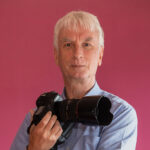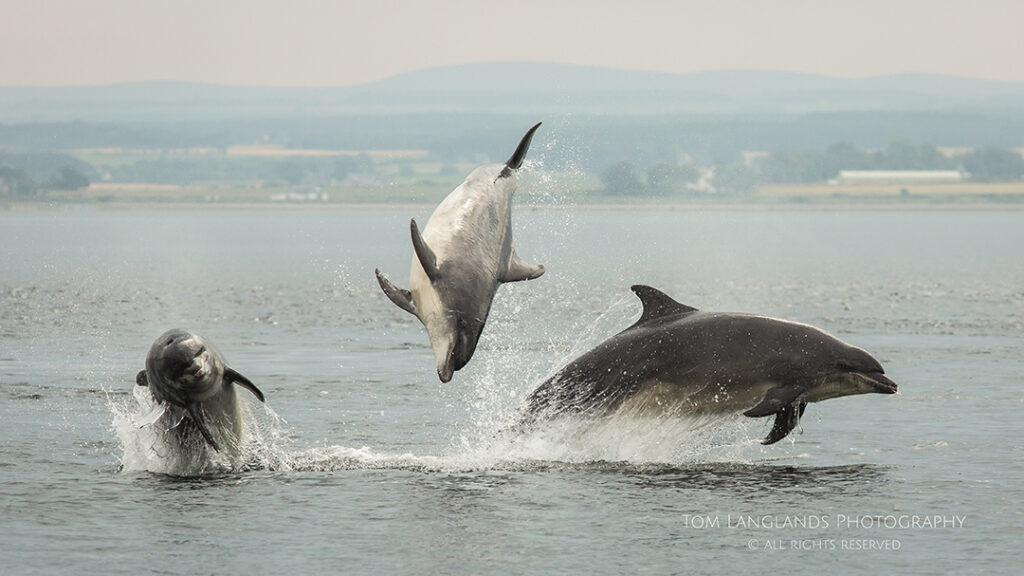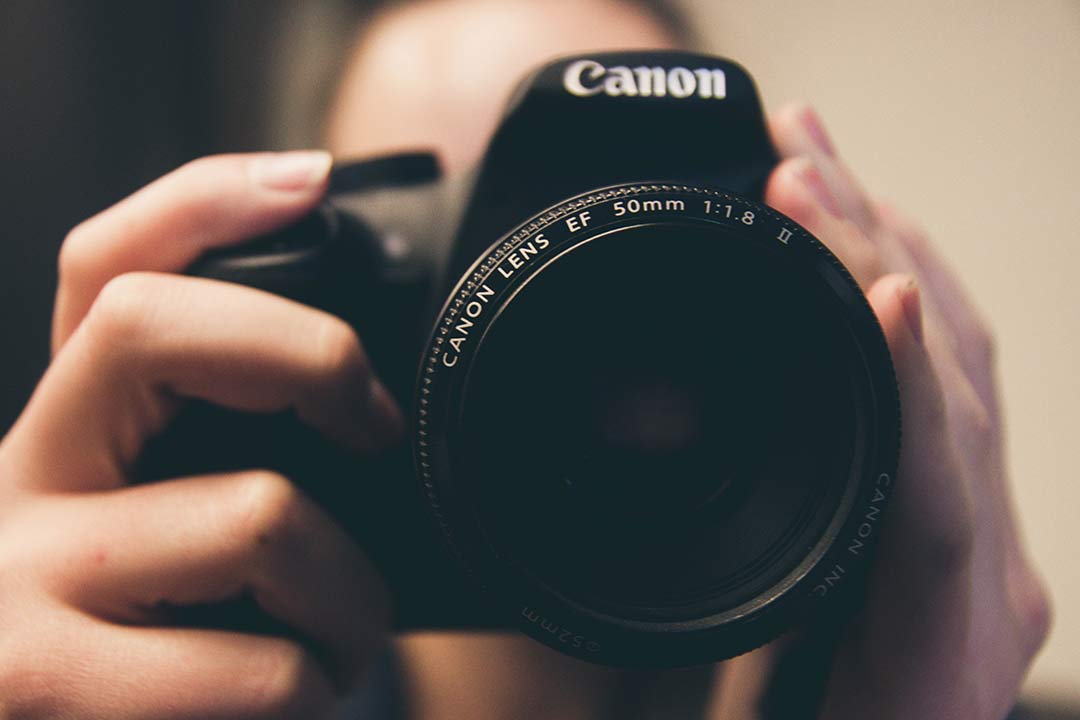
Tom Langlands was born in Dundee, Scotland. He graduated with a B.Sc. in Architecture and a B.Arch (Hons) from Dundee University and an M.Arch – in architectural semiotics – from Heriot Watt University, Edinburgh. In parallel with his academic studies, he developed a serious interest in writing, photography and philosophy. These skills have merged to create a desire to understand and explore how we perceive the world we live in.
Having retired in 2013 from the architectural practice he co-founded in 1988, Tom now spends his time writing and taking photographs. He is a regular photojournalist contributor to the North American magazine Celtic Life International and his work has appeared in numerous publications at home and abroad.
Tom’s images have received commendations and awards in the British Wildlife Photography Awards and the Scottish Nature Photography Awards and have been exhibited at the Scottish International Salon of Photography and the Edinburgh International Exhibition of Photography. He has also held several solo photography exhibitions. His poetry has appeared in print and online in Southlight, The Writers’ Cafe Magazine and The Blue Nib. He often uses his photography as inspiration for his writing.
As a youngster, I hated having to line up on some special occasion for a family photograph. Once suitably posed, there was the universally understood ‘cheeeeese . . .’ followed by ‘click’. It was in the gap between ‘cheeeeese’ and ‘click’ that I would pull a stupid face that would only be discovered on the resultant snaps after the film had been developed and printed by way of some mysterious, alchemistic process initiated by the local chemist. There then followed the usual parental recriminations. It took great skill to master the timing; pull the face too early and the photographer would notice, too late and I would just be part of the photo like everyone else. That was when I learned that timing is a key element of photography.

It wasn’t until I got a Saturday job in a camera shop at the age of sixteen that the transition from being in front of the lens to looking through it began. On my first day at work, I remember pushing open the big, glass entrance door and stepping inside the Aladdin’s cave that was a specialist photography shop. Here was a world of cameras, tripods, projectors, screens, colourful boxes of films – all with fancy names and strange numbers – a myriad of papers in different finishes, enlargers, chemicals, and eerie, red lights, not to mention the full-size, cardboard cut-out, glamour models that seemed to be de rigueur (remember it was the late 60s!) for an industry endeavouring to persuade gullible men that photography was sexy and to part with money. I was young, male and gullible. I was also skint!

Then I discovered the greatest perk of the job: as a member of staff, I was permitted to borrow any of the second-hand equipment in the shop and, additionally, I got to attend sales demonstrations and gain first-hand experience of new equipment as it came to the marketplace. It was a great way to learn fast. I worked alongside experienced photographers, and I got to know many of the well-known photographers who were regular visitors to the shop. The Saturday job soon became a holiday job, and within the space of a couple of years I must have used dozens of different cameras, learning the unique features of each. I became well-versed in the ‘geek-speak’ of the photography profession – from f-stops to depth-of-field, ASA ratings to metering modes and focal-planes to focal-lengths.

That was over fifty years ago, and although equipment and technology has changed a lot in the interim, that was where I learned the basics of photography and all the technical skills that I have carried with me through life. When I left school, I went to art college to study architecture and in the first two years I took various modules on photography. As might be expected of a good art college it had studios and darkrooms and I learned about how to display work and put on exhibitions. Through all those early years of art college and university education I continued to work during holiday periods in photography shops.

As I reminisce about a lifetime’s fascination with photography, I have come to realise that those early years of mastering the basics, combined with learning about buildings and cities and how we inhabit, interact and interpret such environments, was the foundation for my later interest in street photography. The intervening years would however take me in a different direction.

My father was a keen fisherman, and I spent many happy hours as a child learning to fly fish. To this day I have a fascination with water. As a student I had two good friends who were also anglers, and we spent many pleasant hours fishing the rivers and lochs around my hometown of Dundee. A few years after I graduated, I teamed up with some fellow architects and together we established our own architectural practice. That brought its own pressures, which combined with family life pushed photography into the background – although never too far away. Brief opportunities of escapism saw me retreat into the peaceful landscapes of Scotland’s hills and glens accompanied by a camera and a fishing rod.

There is something immensely calming and at times quite spiritual about standing in a river or loch and becoming attuned to the nature that surrounds you. More often than not the fishing rod was laid down as I photographed a deer or an otter. Soon the fishing rod was left at home as I developed a passion for wildlife photography and a greater understanding of the natural world and the importance of conservation. It was around this time that the world of digital photography opened up and I began to acquire a reputation as a wildlife and nature photographer. That was when I recalled the skill of the art of timing. Although I never shouted ‘cheese’ at any of my wildlife subjects, I understood that patience and split-second timing was often the key to capturing the moment.


I started selling images through stock libraries and soon discovered that editors like people who not only supply photographs but also write. I had always done well at creative writing at school and so I began producing articles for magazines. To this day I continue to enjoy writing, often using my images or things I have observed as inspiration for my short stories or poetry.
Over the course of the next two blogs, I will explore how my architectural training and my fascination with wildlife photography have merged in my street photography work and how my enthusiasm for writing influences what I produce today and the projects that I am involved with.
Tom Langlands

Our monthly flash theme for January is New Year, New Hobbies.
Are you taking up a new hobby, interest or project this year? If so, we’d love you to tell us about it. Our special focus this month is on photography as a new project, so please either send us a recent photograph you’ve taken as part of a new photography hobby, or send us a flash submission (350 words or less) telling us about your new hobby or venture with an accompanying photo. The flash submission can take the form of a poem, short memoir, anecdote or story, but MUST be accompanied by a relevant photo.
Entries are free and close at midnight on January 31st and we’ll choose our favourites from the submissions in early February. The winner will receive a copy of the Poetry of Entanglement book produced by our January bloggers, Tom Langlands and Marianna Armatta, and the runner-up will receive a Poetry Of Entanglement calendar.


Your solid understanding of photography coupled with your fantastic writing skills makes your body of work truly outstanding and immensely pleasurable to take in. Congratulations Tom. You are a multi-faceted, multi-talented individual with whom I have the pleasure to have worked with. You have enriched my life. Thank you.
Thank you Marianna – much appreciated. It has been a great pleasure to collaborate with you over the years.
Wonderful images and a really engaging blog to read. Thank you
Thank you Kriss – much appreciated.